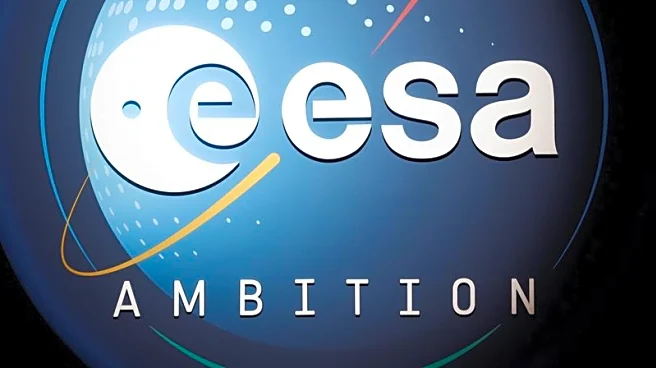Rapid Read • 8 min read
In Andhra Pradesh, India, a significant conservation effort has led to the successful release of thirty juvenile king cobras into the wild. This initiative, reported by India New England News, involved collaboration between local villagers and wildlife teams to protect the breeding grounds of these apex predators in the Paderu Forest region. The project was a community-led effort, with indigenous groups playing a crucial role in safeguarding the egg-laying sites of the cobras. This initiative is part of a broader conservation strategy under the leadership of local and national government officials, aiming to establish a 2,400-hectare King Cobra Sanctuary in the Eastern Ghats, which would be the first of its kind globally.
AD
The conservation effort is significant as it highlights the power of grassroots collaboration in wildlife protection. By involving local communities, the initiative not only aids in the preservation of king cobras but also provides economic benefits to the villagers through job opportunities and educational programs. The presence of king cobras helps in natural pest control, reducing the need for chemical pesticides and benefiting local agriculture. This model of conservation could serve as an example for similar efforts worldwide, demonstrating how community involvement can lead to successful wildlife management and conservation.
The next step in this conservation effort is the establishment of the proposed King Cobra Sanctuary in the Eastern Ghats. This sanctuary aims to provide a protected habitat for the species and further involve local communities in conservation activities. Additionally, the success of this initiative may inspire similar community-centered conservation programs in other regions, potentially leading to broader ecological and economic benefits.
This initiative underscores the importance of integrating traditional ecological knowledge with modern conservation practices. The involvement of indigenous communities, who have coexisted with these reptiles for centuries, provides valuable insights into the species' habits and habitat requirements. This approach not only enhances conservation outcomes but also strengthens cultural ties and community resilience.
AD
More Stories You Might Enjoy











